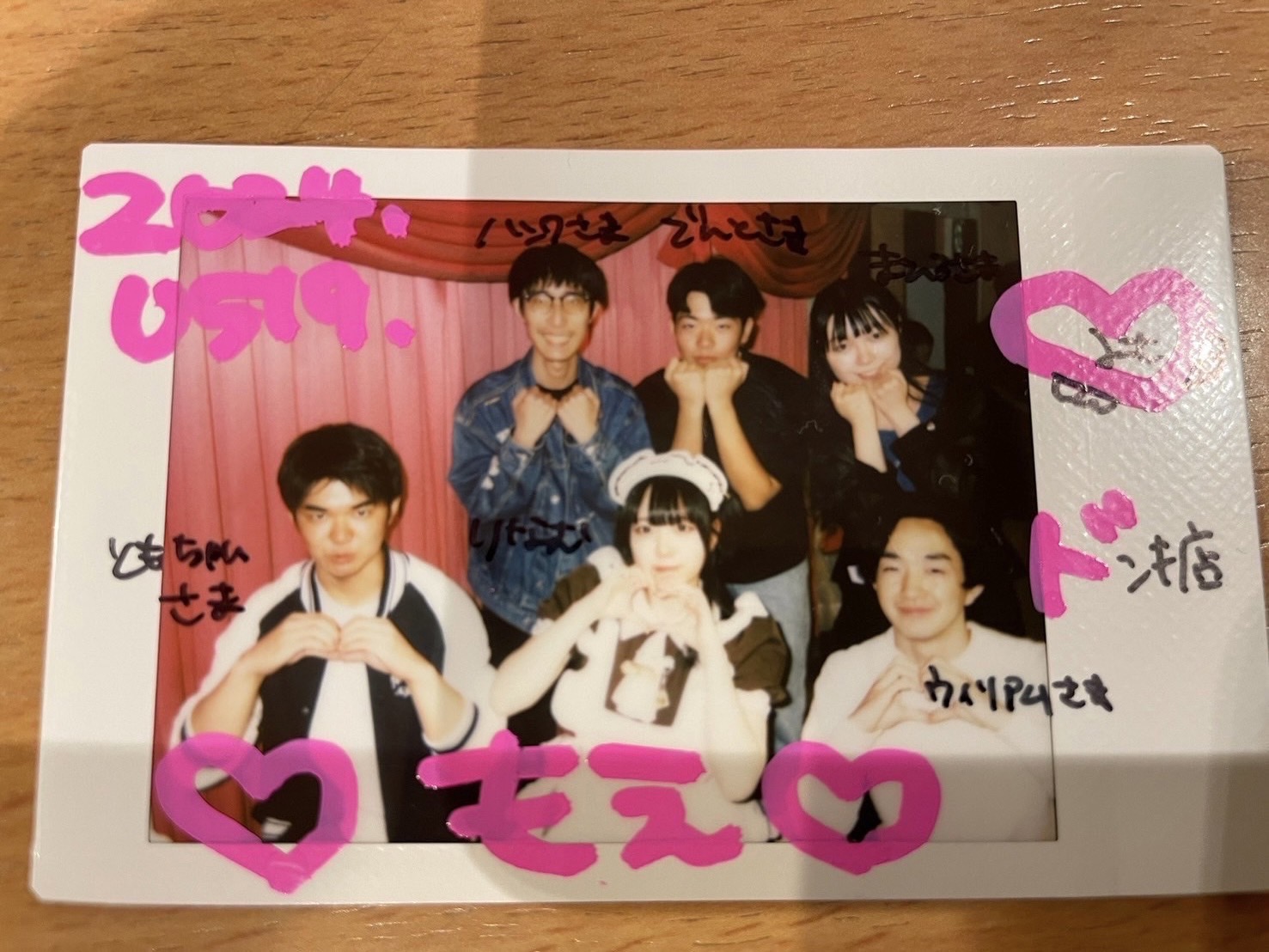Caricatures; what it tells us?
Parasite is one of the blockbuster films in recent times. It satires the widening gap in our world. Looking back on history, there has always been something which casts gimlet eyes on our world and poses questions in various ways. This time we visited Machida City Museum of Graphic Arts to trace back the origin of satire.
Machida City Museum of Graphic Arts is the only museum in Japan to focus on both Japanese and Western prints, the latter spanning from the 18th to 19th century as parts of its collection. Before now the museum mounted exhibitions on western caricatures and offered chances for visitors to enjoy high quality arts.

The museum curator showed us a caricature on the July Monarchy in France. Let’s see what it tells us.
In 1830, oppressive ordinances sparked off the July Revolution, leading the Bourbon Restoration to end. This gave Louis Philippe an opportunity to come to power and his reign, the July Monarchy, started. Before ascending to the throne, he promised that no restrictions would be imposed on the freedom of speech. However, once he became the king of France, freedom of speech was gradually undermined.
Strongly promoting republicanism, a press named “La Caricature” produced a number of caricatures satirizing the betrayal of the king’s behavior. In the print, Minister of the Interior, who is disguised as a devil, rises from the grave, holding a big scissor with him. Scissors were the symbol of censorship at that time. In the picture, one can see the pressmen coming from fatuous newspapers are in deep sleep around the grave, not noticing the tyranny of the power that exists.
This piece of work is just a tip of an iceberg. “La Caricature”, taken command by Charles Philipon, scrambled to preserve the freedom of speech and it printed many caricatures on its periodicals. Caricatures often exaggerate distinctive features of a person that enable them to identify who they are. In another case little notes are written down around the prints to make it funny and easy to understand.
Surely those who were for the republicanism read the periodicals. Besides them, some might have enjoyed the caricatures simply as paintings, and others might have asked someone who could read the notes to explain the meaning, considering the low literacy rate at that time.
Unfortunately, “La Caricature’s” desperate efforts marked the end on September 1835. Regime in that time started censorship mainly for images. The legislation was ironically posted in the final volume of “La Caricature” and was written in the shape of a pear, which implied the king of that time.
The fact that it targeted exclusively on iconography itself could prove that authority understood the impact that caricatures had over society. Although the dominator tried over and over again to present the king to be lordly in medals, caricatures spoiled the impression. The images were thought to be very persuasive.
The curator tells us about the pleasure we get from appreciating the backgrounds of such caricatures, and she states it counts much in different senses from just enjoying famous paintings. She also wishes for visitors to relate on small things which attract them, and to inspire individual interests in any ways possible. Doing so may lead them to think about current issues.
As she said, social conditions and themes showed in caricatures may be similar to what surrounds us these days. This demonstrates that the influences that caricatures have on society are still alive.
Is the spirit of satire still alive with us living in the modern world? A mountain of issues which civil society should pay sufficient attention to are in front of us; repeated corruptions and regulation over the right to know.
On the other hand, we tend to see news which is optimized for individual preferences on our phones and that could result in filter bubble. Gradually our point of views is liable to be narrow.
Caricatures may give us a glimpse of importance to have keen eyes and wider visions as a constructive piece of the world today.
Written by Kanji Tsuchiya, Manae Otsuka, Riku Shimada and Yuichiro Saeki
Edited by Rei Goto


